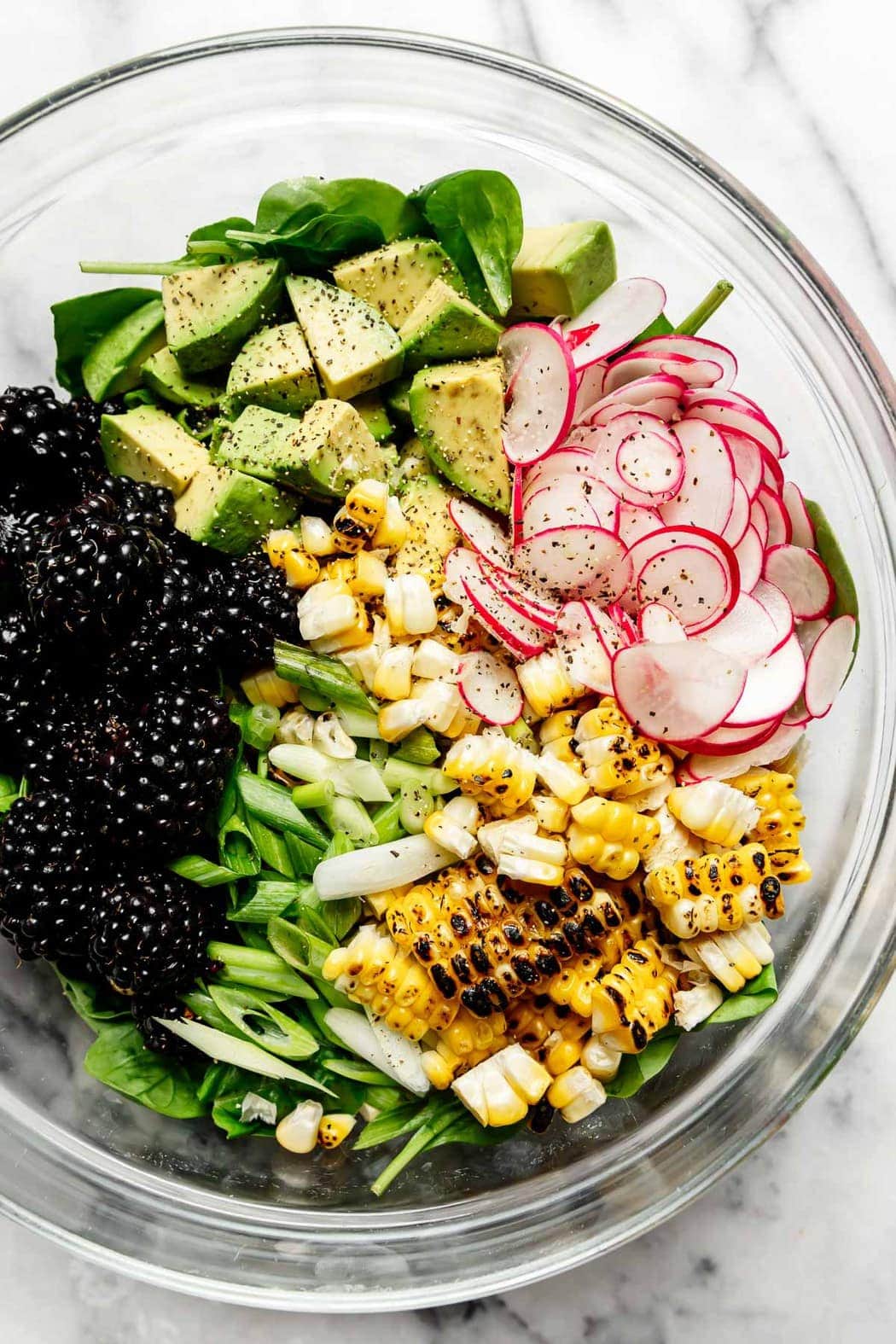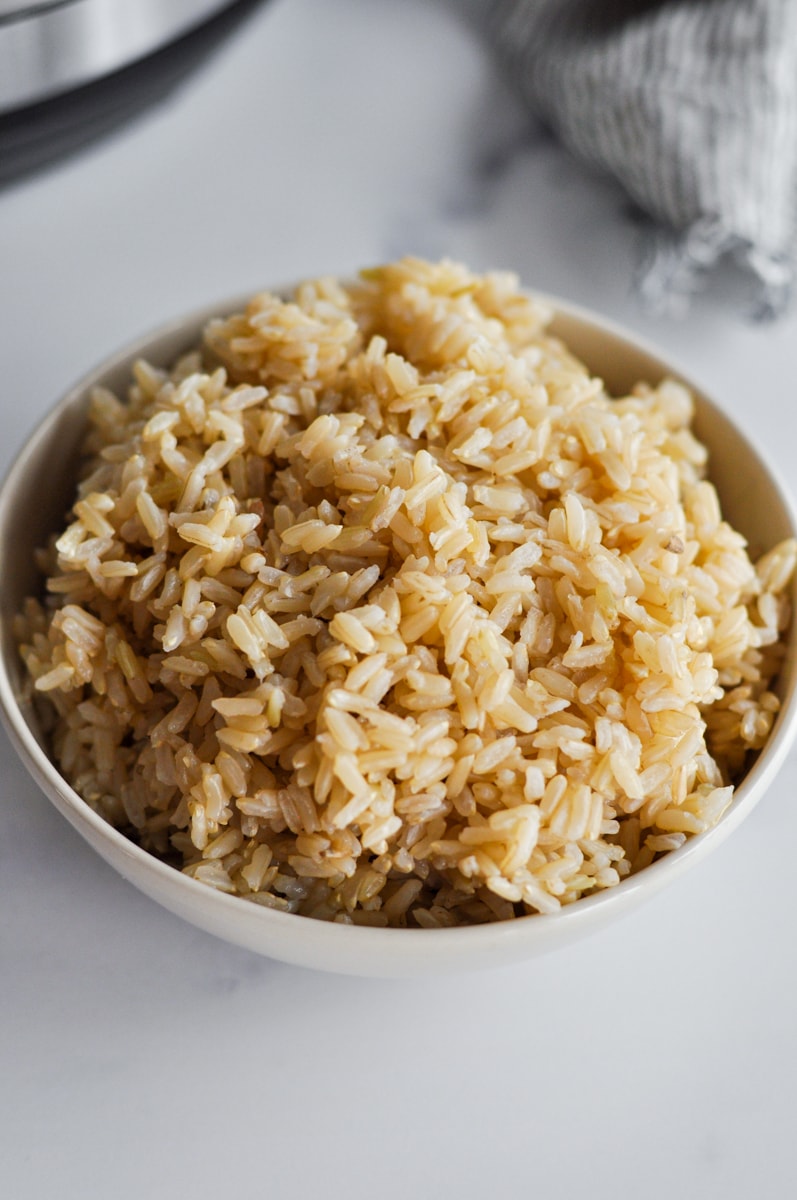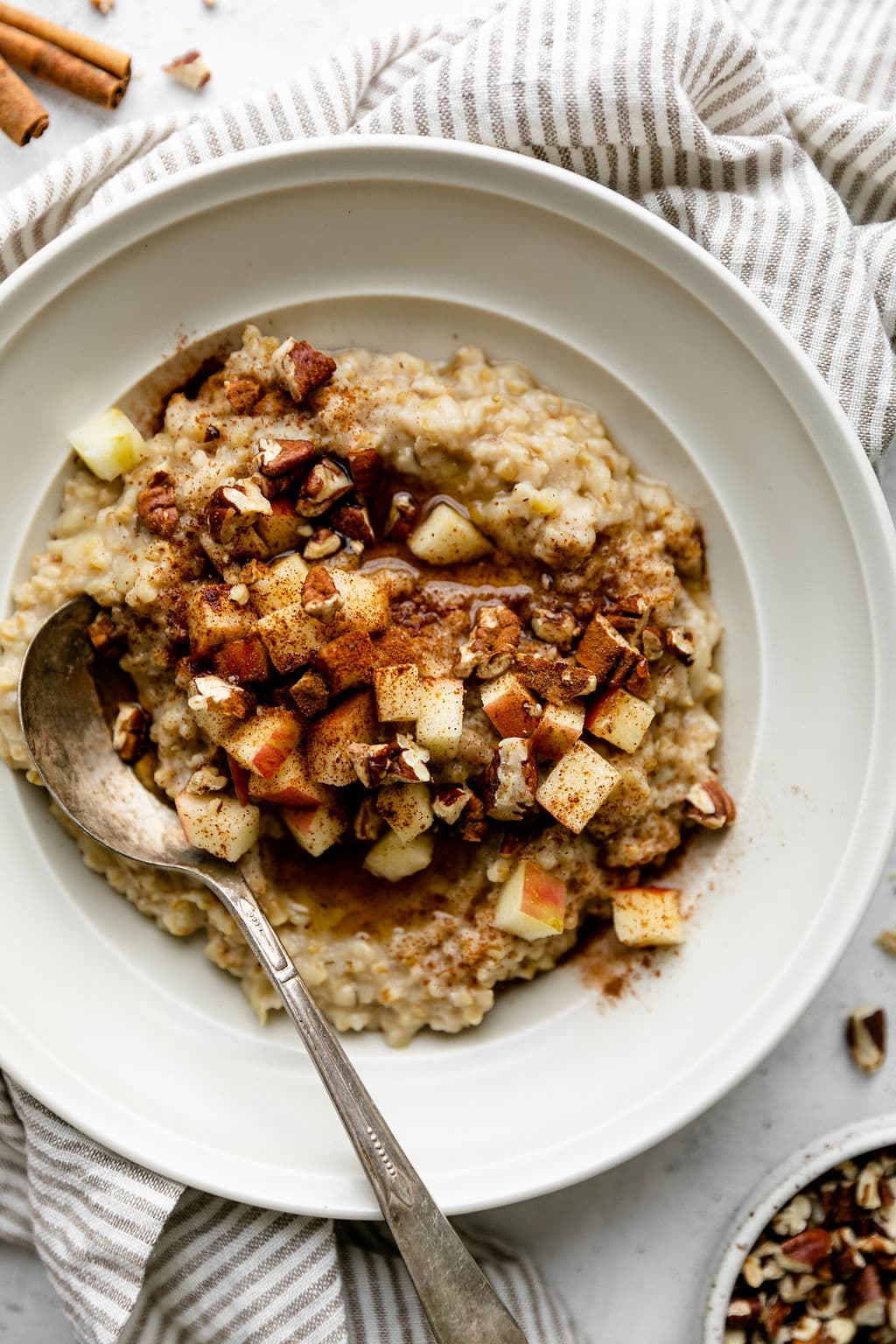Fiber is an important nutrient and type of carbohydrate that your body doesn’t digest, but it isn’t just a singular thing. There are several different types of fiber that you get from the foods you eat, and each type provides different health benefits. In this article, learn a few ways to classify fiber, how they benefit health, and good sources of each kind.

Dietary vs. Functional Fiber
One way to explain different types of fiber is to classify it into dietary fiber vs. functional fiber.
- Dietary fiber: The fiber (or “roughage”) that is found naturally in plant-based foods.
- Functional fiber: Fibers that have been isolated and extracted from plant-based foods and then added to other foods, drinks, and fiber supplements.
Most nutrition experts agree that it’s best to get most of your fiber from natural high-fiber foods because they also provide other health benefits. However, since most Americans don’t get the minimum recommended fiber intake of 25-30 grams daily, manufacturers are adding functional fiber to foods, beverages, and supplements that don’t typically have fiber in order to help people get more. These types of fiber also provide benefits and can help people close the fiber gap.
Soluble vs. Insoluble Fiber
Another way to separate different types of fiber is to classify them into insoluble fiber vs. soluble fiber. This classification describes how different fibers dissolve in water and explains more about how they work in the body. Dietary fiber and functional fiber can be either insoluble or soluble fiber.
- Insoluble fiber: the fibers that remain solid through digestion
- Soluble fiber: the fibers that dissolve in water and gastrointestinal fluids during digestion

Insoluble Fiber
Insoluble fiber does not blend and dissolve in the water in your gut and it passes through your digestive system intact.
The main types of insoluble fibers are:
- Lignin — found in fruits (especially strawberries and peaches), flaxseed, rye, wheat bran, root vegetables (like carrots and sweet potatoes), and other vegetables, including tomatoes, green beans, and peas
- Cellulose — found naturally in whole grains, bran, brown rice, leafy greens, root vegetables, beans and legumes, green beans, nuts, seeds, and produce with the skins on, such as apples and pears
The main benefits of insoluble fibers are:
- acts as a “bulking” agent, increasing the speed with which food and waste pass through your digestive tract
- attracts water to your stool, making feces softer and easier to pass with less strain, helping to relieve constipation and hemorrhoids
- promotes more regular and consistent bowel movements
- prevents insulin resistance by improving insulin sensitivity, reducing the risk of type 2 diabetes
- a lower risk of diverticulitis, which is inflammation of small pouches in the colon
- helps promote weight loss by increasing satiety from meals and decreasing hunger

Soluble Fiber
Soluble fiber blends well with water in your gut and digestive system, forming a gel-like substance during digestion.
The main types of soluble fibers are:
- Inulin — found in starchy fruits and vegetables, including bananas, artichokes, wheat, asparagus, onions, and leeks
- Beta glucans — found in oats, oat bran, fruits (especially berries, bananas, citrus, and apples), carrots, flaxseed, soybeans, legumes, and barley
- Pectin and gums — found in fruits, especially orange and other citrus fruits, pears, apples, avocado, guava, plumes, blackberries, and gooseberries
- Polydextrose — a synthetic functional fiber made from starch and contains glucose polymers, citric acid, and sorbitol
- Psyllium — found in oats, barley, nuts and seeds, legumes, some fruits (especially citrus and apples), some vegetables, and extracted from seeds and husk to make a synthetic functional fiber
- Resistant starch — naturally found in under-ripe bananas, oatmeal, and legumes, and extracted from corn, wheat, cassava, and potato to make a synthetic functional fiber
- Wheat dextrin — naturally found in foods containing wheat starch, such as flours and pasta, and extracted from wheat starch to make a synthetic functional fiber
The main benefits of soluble fibers are:
- stabilizes blood sugar levels after eating foods or drinking beverages (reducing blood sugar spikes) by slowing digestion
- helps lower LDL cholesterol levels and decreases the risk of heart disease
- reduces the body’s ability to absorb fat and cholesterol, which lowers blood cholesterol, improves heart health, and lowers cardiovascular disease risk
- Some soluble fibers are prebiotic fibers, which ferment when broken down in the small intestine. Prebiotics increase healthy gut bacteria, improve the balance of gut microorganisms, and reduce inflammation (supporting proper gut health)

Incorporating Fiber Into Your Daily Routine
Here are four practical ways to get more dietary fiber in your day:
- Build meals around vegetables, such as making leafy greens the base of a dinner bowl, adding roasted veggies to meals, or boosting egg dishes, soups, and casseroles with more veggies.
- Eat whole fruits instead of fruit juice. When you drink fruit juice, you get some of the vitamin and antioxidant benefits of fruits, but you’re missing out on the fiber. By eating whole fruits, like berries, citrus, and apples with the peels still on, you’re getting a natural source of a variety of insoluble and soluble fibers.
- Plan for more beans. Build your weekly meal plan around fiber-containing beans and legumes by including more meals with chickpeas, black beans, white beans, lentils, or a variety of beans.
- Eat more fermented foods. The prebiotic fiber in fermented foods is easily broken down by the bacteria in your gut, which helps increase probiotics, reducing your susceptibility to sickness and viruses and helping to reduce inflammation
If you still don’t meet the minimum requirements for daily fiber intake, consider adding a fiber supplement daily or a few times a week. A healthy diet should generally offer plenty of fiber-rich foods, but certain conditions and lifestyles make it more difficult to follow a high-fiber diet.

Frequently Asked Questions
The dietary fiber that you get from whole foods you eat and also the functional fibers that are added to foods have benefits. There is no best type of fiber, and most plant foods contain a few different kinds of fiber.
Yes, it’s possible to eat too much fiber, but most people don’t get nearly enough. More than 70 grams of fiber per day is not advised, particularly when consumed over a short period of time. This amount of fiber may cause side effects such as bloating, gas, and cramping as your body works to digest the fiber.
Aim for 14 grams of fiber per every 1,000 calories you consume each day. For example, someone who eats a roughly 2,000-calorie diet should aim for about 28 grams of fiber daily.
Don’t get hung up on eating certain amounts of soluble or insoluble fiber. Many fiber-containing foods contribute a few different types of fiber. For example, an apple has both soluble fiber and insoluble fiber. Rather than focusing on amounts of these types of fiber, look at the total amount of fiber that you’re getting from foods, and aim to get a minimum of 25 grams daily, though higher amounts will provide more benefits.
Since fiber is in a lot of gluten-containing foods, such as whole grain bread and wheat bran cereal, and in grains like quinoa and brown rice, people often assume a gluten- or grain-free diet will be deficient in fiber. But fiber exists in a lot of non-gluten foods, too, including fruits, vegetables, beans and legumes, nuts, seeds, and some fermented foods. Check out our recommendations for how to get more fiber when eating a gluten-free or grain-free diet.
For ultimate success, we highly recommend reading the tips in the full blog post above. All photos and content are copyright protected. Please do not use our photos without prior written permission. If you wish to republish a recipe, please rewrite the recipe in your own unique words. Link back to the source recipe here on The Real Food Dietitians. Thank you!

